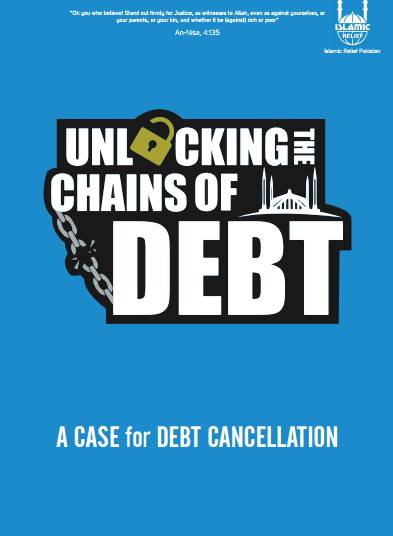
Unlocking the Chains of Debt
In the 1950s and 1960s, poor countries were lent large amounts of money for the sake of economic development. The lending, by rich countries, was prudent with fewer strings in the beginning since many western countries were keen to support developing countries as being their potential allies in the cold war. They lent money regardless of whether developing countries direly needed it or not and even aided and abetted oppressive regimes. So, much of the present “debt stock” of the poor countries was the result of reckless or self-interested lending by the rich countries to poor ones. Although debt increased the productive potential of the economies of poor countries in 1950s and 1960s, the dollar denominated debt (borrowing and repaying in dollars) proportionately increased to lesser extent.
However, the worldwide inflation of the 1970s owing to the higher oil prices increased the burden of the debt (higher debt servicing cost for the poor countries) which, exacerbated the miseries of the masses in the developing countries.
Office
http://islamic-relief.org.pk/
Citation
Institute for Social & Economic Justice (ISEJ) & Islamic Relief Pakistan (2015), A Case for Debt Cancellation: A Review of Pakistan’s External Debt, Islamic Relief Pakistan, Position Paper Series No. 2015-01: Islamabad, Pakistan.







